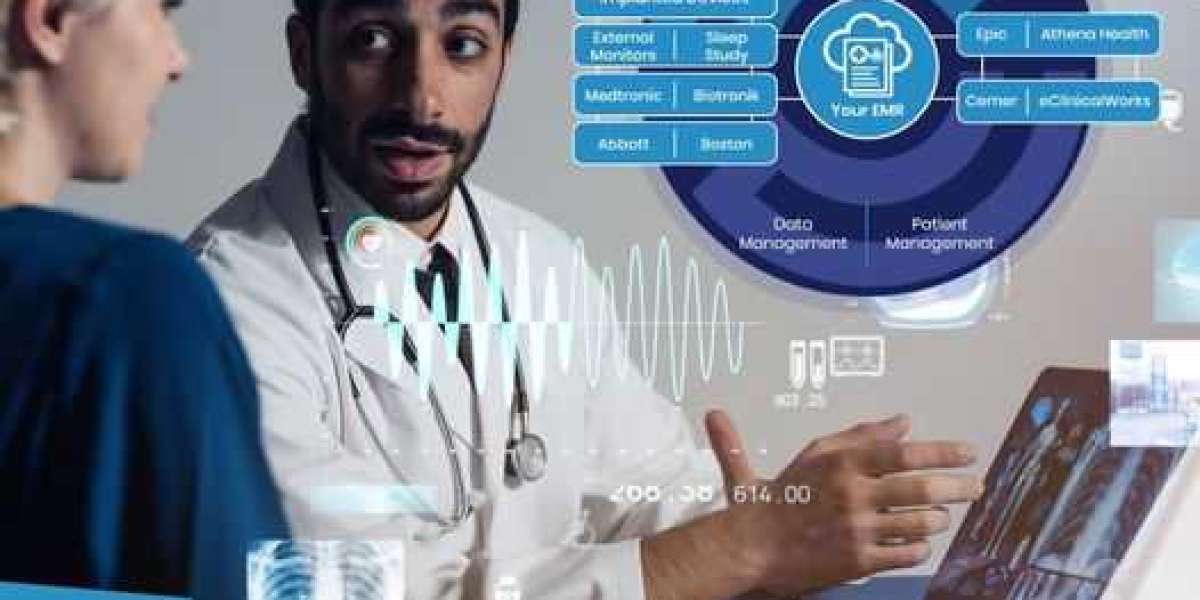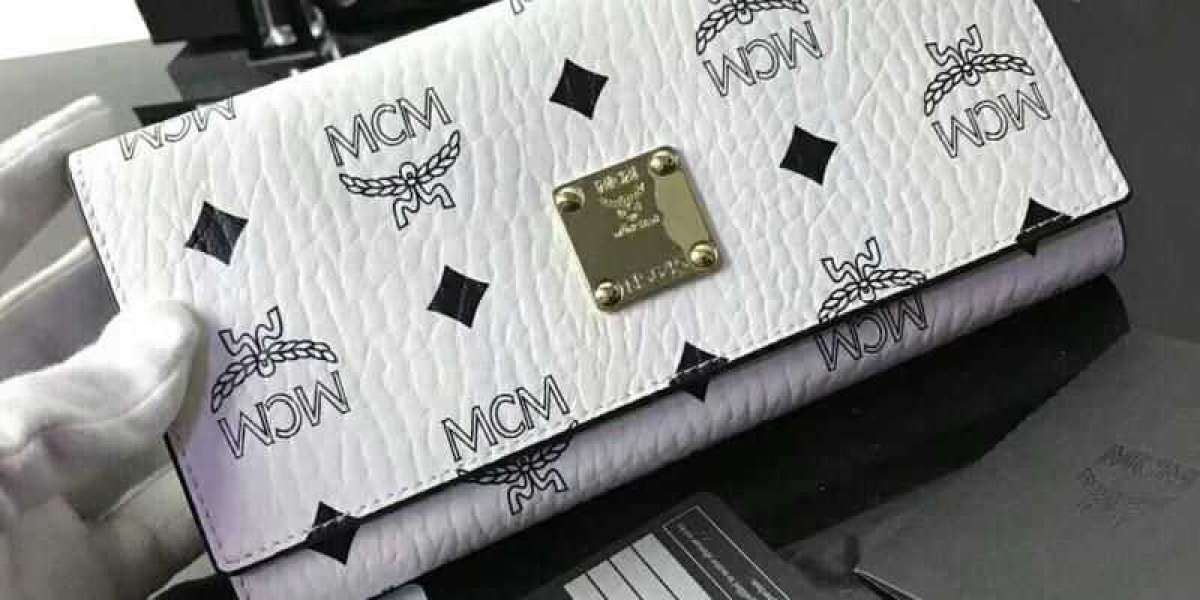If you have a device in your heart that helps it beat normally, like a pacemaker, an ICD, or a CRT device, you might be curious about how it’s doing and if it needs any tweaks. You might also be worried about possible problems or glitches that could mess with your health and happiness.
There is a way for you to stay in touch with your doctor and get regular updates on your device and heart: cardiac monitoring service.
What is Remote Monitoring?
Remote monitoring is a way for your heart device to talk to your doctor or clinic using a small monitor that you can keep at home or take with you wherever you go. The monitor gets important info from your device and sends it to your doctor at certain times or when something happens, like weird heartbeats or device issues.
The monitor can be a small gadget that you put near your bed or carry around with you or an app on your phone that connects to your device with Bluetooth. The monitor collects important info from your device and sends it to your doctor at certain times or when something happens, like weird heartbeats or device issues.
Why is Remote Monitoring Awesome?
Remote monitoring has a lot of perks for people with heart devices such as:
- Finding Problems Faster: Remote monitoring can let your doctor know if something is wrong with your device or heart sooner than if you just go to the clinic once in a while. This way, they can fix it quickly and prevent serious trouble. For example, remote monitoring can catch low battery, broken wires, infections, or shocks from your ICD that you don’t need.
- Staying Out of The Hospital and Staying Alive: Remote cardiac monitoring can help lower the chance of going to the hospital or dying from heart problems by helping you get diagnosed and treated faster. For example, remote monitoring can help spot if you get atrial fibrillation, which can cause strokes, and start you on blood thinners.
- Feeling Better: Remote monitoring can give you peace of mind and confidence in your device and heart health. It can also save you time and hassle from going to the clinic for regular device checks. You can also get personal feedback and tips from your doctor through remote monitoring platforms.
- Being More Involved in Your Care: Remote monitoring can help you take charge of your own health and care by giving you access to your device data and health info. You can also talk to your doctor more easily and often through remote monitoring platforms.
How to Get Started with Remote Monitoring?
If you have a heart device or are thinking about getting one, you might want to ask your doctor about remote monitoring and if it’s right for you. Your doctor can order remote monitoring for you and help you set up the monitor and hook it up to your device. You will also get instructions on how to use the monitor and when to call your doctor if you have any questions or worries.
Remote monitoring is a handy and effective way to keep an eye on your device and heart. It can help you skip unnecessary trips to the clinic, find problems early, avoid complications, and feel better. Talk to your doctor today about remote monitoring and how it can make your life easier.
How to Use Remote Monitoring Effectively?
If you decide to use remote monitoring for your heart device here are some tips to help you make the most of it:
- Follow your doctor’s instructions: Your doctor will tell you how often and when to use your monitor how to set it up and connect it to your device and what to do if you have any issues or alerts.
- Keep Your Monitor Close By: Your monitor needs to be within a certain range of your device to communicate with it. Depending on the type of monitor you have, this could be a few feet or a few yards. Keep your monitor close by when you sleep or when you are at home and take it with you when you travel or go out. If you use a smartphone app, make sure your phone is charged and has a good signal.
- Check Your Monitor Regularly: Your monitor may have a display screen or lights that show the status of your device and the transmission. Check your monitor regularly to make sure it is working properly and send the data to your doctor. If you see any errors or warnings on your monitor follow the instructions on the screen or call your doctor for help.
- Don’t ignore Alerts: Your monitor may alert you if it detects something wrong with your device or heart condition, such as low battery, lead fracture, infection, abnormal heart rhythm, or inappropriate shock. Don’t ignore these alerts and contact your doctor as soon as possible.
- Don’t Rely on Remote Monitoring Alone: Remote monitoring is a great tool to help you stay in touch with your doctor and get regular feedback on your device and heart health. However, it is not a substitute for regular in-person visits or emergency care. You still need to see your doctor at least once a year for a thorough device check and physical exam.
Remote monitoring can help you use your heart device more effectively and safely. It can also help you feel more confident and comfortable with your device and heart health. Follow these tips to use remote monitoring effectively and enjoy its benefits.



